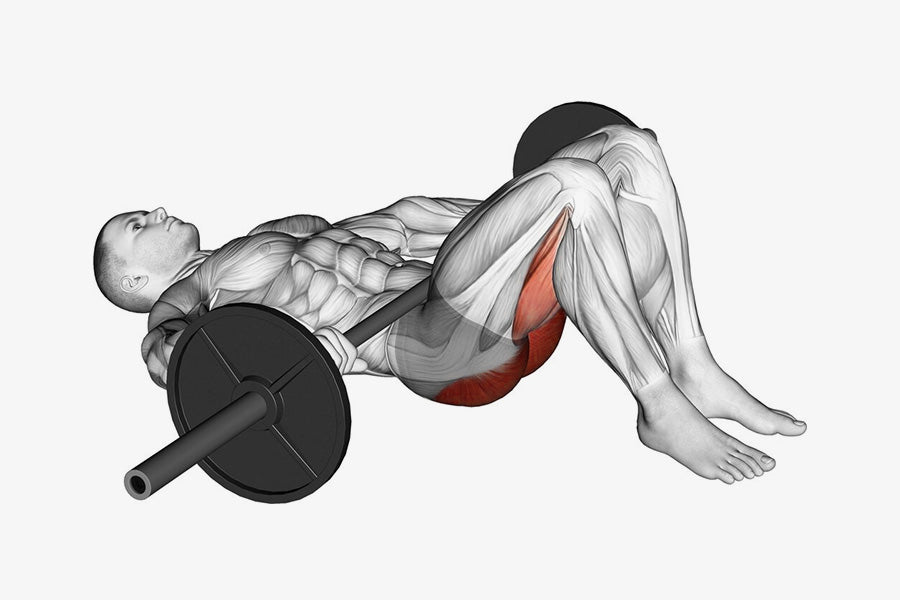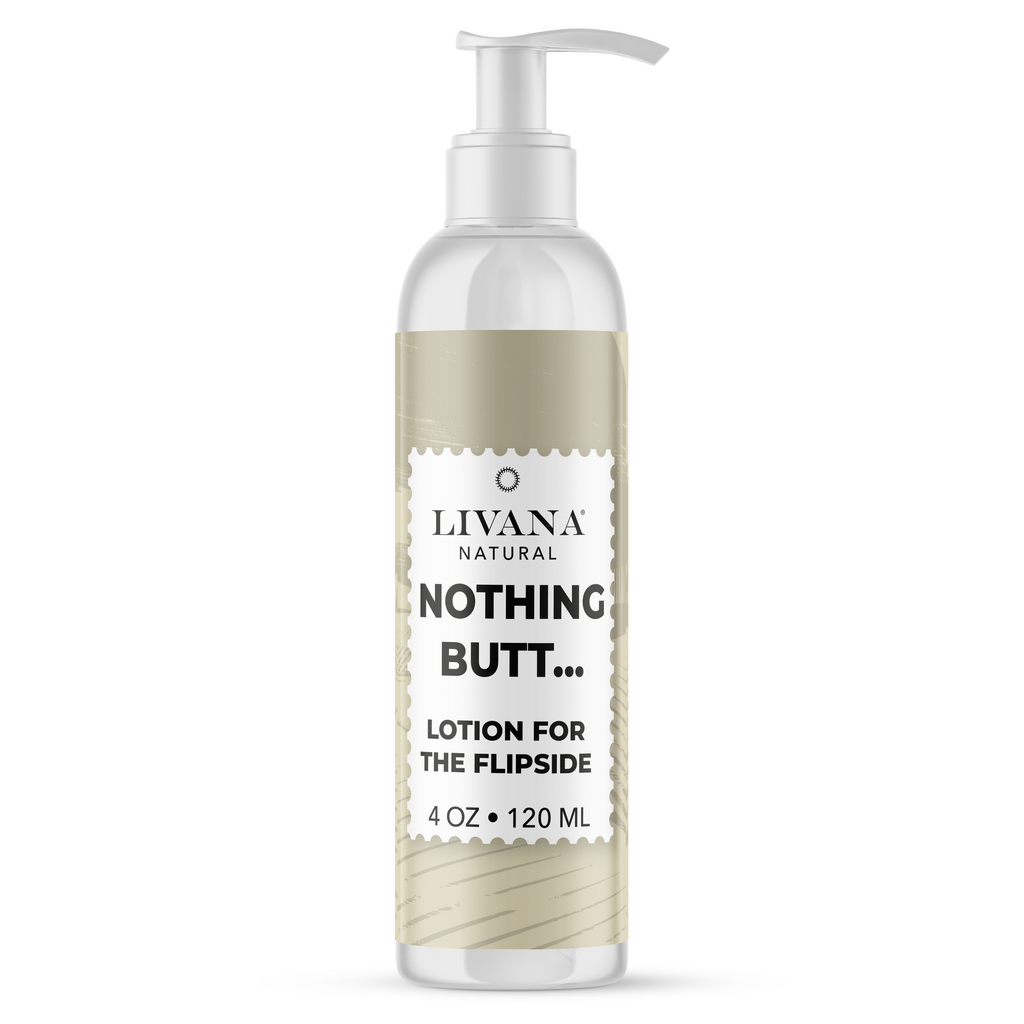What to Do Instead of Glute Bridge for Your Clients?
The glute bridge has long been a favorite among fitness enthusiasts for its ability to target the gluteal muscles, core, and lower back. However, beauticians and fitness professionals constantly seek alternatives to cater to different clients' needs. Whether clients have limitations or seek variety in their workout routines, knowing what to do instead of glute bridge can elevate their experience and results.
This article will delve deeply into exciting alternatives to the glute bridge, ensuring that fitness professionals can provide their clients with effective and safe options. By exploring these alternatives, beauticians can enhance their clientele's knowledge and empower them to achieve their fitness goals.

Understanding the Benefits of Alternatives to Glute Bridge
Before we jump into the alternatives, it's essential to understand why someone might need to explore options other than the traditional glute bridge. Factors such as injuries, personal preferences, and specific fitness goals can influence this decision. Some alternatives can offer similar or improved benefits while being more suited to a person's unique body mechanics.
Key Factors to Consider
- Injury Prevention: Not everyone can perform a glute bridge correctly without risking injury. Alternatives can provide safer options for those with lower back issues.
- Variety: Constantly performing glute bridges can lead to training plateaus. Incorporating alternative exercises keeps workouts fresh and stimulating.
- Targeting Other Muscles: Some alternatives allow for greater emphasis on the hamstrings, quads, or even the calves, offering comprehensive lower body development.

Top Alternatives to Glute Bridge
Here are some of the best alternatives to the glute bridge that you can recommend to your clients:
1. Hip Thrusts
The hip thrust is an excellent alternative to the glute bridge that provides a more intense activation of the glutes. To perform this exercise:
- Start by sitting on the ground with your upper back against a bench or box.
- Roll a barbell over your legs and position it over your hips.
- Press your feet into the floor and lift your hips until your body is in a straight line from your shoulders to your knees.
- Hold for a moment before lowering back down.
This exercise is particularly effective for building strength and power in the glutes.
2. Single-Leg Glute Bridge
If your clients love the glute bridge but need a more challenging variant, the single-leg glute bridge is an excellent option. This exercise not only targets the glutes but also improves balance.
- Lie on your back, feet flat on the floor, hip-width apart.
- Lift one leg off the ground.
- Drive through the heel of the foot on the floor and lift your hips, keeping your unsupported leg in line with your body.
- Lower back down and repeat for desired reps, then switch legs.
3. Deadlifts
Deadlifts are an incredible compound movement that engages the hamstrings, glutes, and core. They come in several variations, such as conventional, sumo, or Romanian deadlifts:
- Stand with feet hip-width apart, holding a barbell or dumbbells in front of you.
- When deadlifting, hinge at your hips and lower the weights while keeping your back straight.
- Drive through your heels, engaging your glutes to return to standing position.
Deadlifts are great for building overall lower body strength and stability.
4. Kettlebell Swings
Kettlebell swings are a dynamic and powerful exercise that targets the posterior chain, which includes the glutes. To perform kettlebell swings:
- Stand with feet shoulder-width apart, holding a kettlebell between your legs.
- Use your hips to drive the kettlebell forward and upwards while keeping your core tight.
- Let the kettlebell swing back down as you hinge at the hips.
This explosive exercise is excellent for both strength conditioning and cardiovascular fitness.

Tips for Introducing Alternatives to Clients
When suggesting alternatives, ensure that you:
- Assess the client's fitness level and any limitations they may have.
- Provide clear instructions and demonstrations of the exercises.
- Encourage clients to start with lighter weights or fewer repetitions to focus on form.
- Monitor their progress and make adjustments as needed.

Maintaining Client Engagement
As a beautician or fitness professional, keeping clients engaged in their fitness journey is critical. Consistency in workouts is essential, but so is variety. Share reasons why these alternatives can lead to enhanced results and motivate them to incorporate these practices into their routines. For more insights on how these exercises can benefit your practice, check out this article.
Frequently Asked Questions
What are the benefits of alternatives to glute bridge?
Alternatives to the glute bridge can prevent injuries, target different muscle groups, and provide variety in workouts, leading to improved overall results.
Can beginners attempt these alternatives?
Yes, many alternatives have beginner-friendly variations. Clients should start with lighter weights and focus on proper form to ensure safety.
How often should clients include these alternatives in their routine?
Clients can include these alternatives in their routine 1-2 times per week, combined with other lower body exercises, for balanced development.
As an Amazon Associate, I earn from qualifying purchases.

